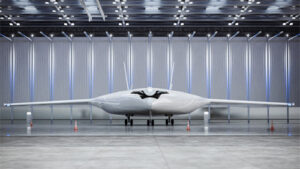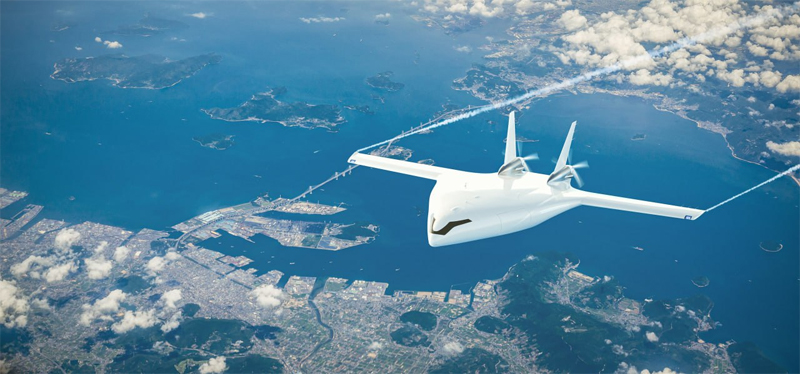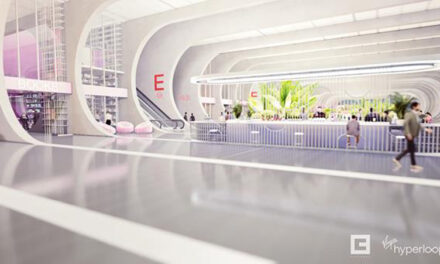Siemens Digital Industries Software announced that Natilus, an aerospace company based in the United States, has adopted the Siemens Xcelerator portfolio of industry software. The company is focused on transforming the world’s supply chain with its next-generation blended-wing-body aircraft, and through its use of Siemens software it has reduced the development time to build its first prototype aircraft by 50%.
Founded in 2016 by Aleksey Matyushev and Anatoly Star, Natilus aims to commoditize the freight transport industry through innovation and advanced technology. Natilus’ blended-wing body design ‘Diamond’ cargo bay is planned to offer 1.5 times more cargo capacity than current cargo aircraft while consuming 50% less fuel. These innovative aircraft represent a quantum leap in operational economics, increasing revenue in the hyper competitive cargo freight industry.
– Siemens’ immersive technology is revolutionizing how we develop our next-generation aircraft. It’s not just about seeing the design; it’s about experiencing it in a way that enhances our engineering decisions and accelerates innovation, said Aleksey Matyushev, CEO, Natilus. –
– Our work with Siemens and our adoption of the Siemens Xcelerator portfolio allow us to achieve the speed with which innovation needs to occur and helps us to remain agile, flexible and reactive as we strive to meet customers’ demands for next generation, sustainable aircraft.
– Natilus is setting the benchmark for the power of digital transformation and agility in the aerospace industry, and we’re delighted that it has selected Siemens as a trusted partner to help them achieve their mission of reinventing the global air cargo industry, said Todd Tuthill, vice president for Aerospace and Defense, Siemens Digital Industries Software.
 – We look forward to working with the team as they bring their innovative new aircraft to market – it’s another excellent example of how innovators and pioneers are adopting Siemens Xcelerator and our aerospace digital threads to help them build a more sustainable aviation industry.
– We look forward to working with the team as they bring their innovative new aircraft to market – it’s another excellent example of how innovators and pioneers are adopting Siemens Xcelerator and our aerospace digital threads to help them build a more sustainable aviation industry.
– When it comes to building next-generation aircraft, there is immense value in taking a model from a 2D screen to a full-scale 85-foot wingspan digital twin in our hangar. We’ve been able to experience this thanks to the power of the Siemens ”industrial metaverse” as one of the first companies selected to use the advanced Sony headset and augmented reality software. This technology is making immersive design a reality and enabling collaborative product engineering capabilities and customer engagement that weren’t possible before, said Matyushev.







